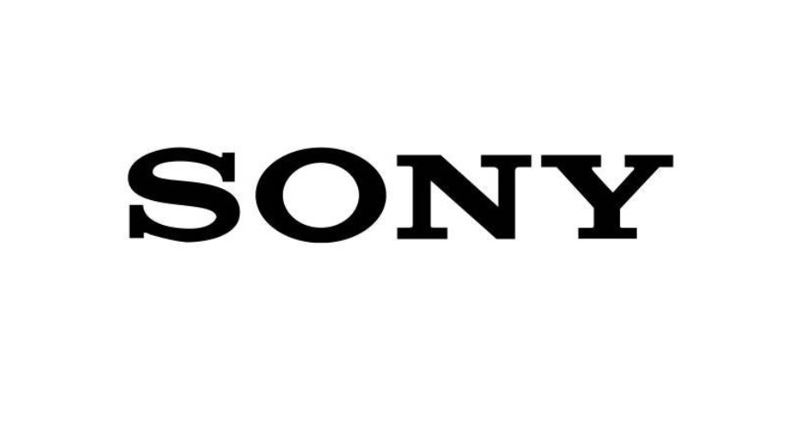Will eliminate plastic packaging from newly-designed small products by fiscal 2025
Tokyo, Japan — Sony Corporation (hereinafter “Sony”) has set a long-term environmental plan “Road to Zero” to achieve a “zero environmental footprint” by 2050 throughout all stages of its product lifecycles and business activities. To achieve this, it sets medium-term environmental targets every five years to serve as milestones. Targets are determined by “back-casting” (calculating backwards) from the final goal. Sony today announced the establishment of its “Green Management 2025” (hereinafter “GM2025”) group environmental medium-term targets that will take effect from fiscal (hereinafter “FY”) 2021 through 2025.
Sony expects to achieve most of the targets set forth in its previous plan, “Green Management 2020” (hereinafter “GM2020”), which covers the five-year period up to and including FY2020. For GM2025, Sony has included new indexes as the key performance indicators based on issues identified in the course of GM2020 considering the current environmental situation. Those new GM2025 indexes include targets regarding elimination of plastic packaging from newly-designed small products and renewable electricity usage as a percentage of total electricity use at sites which is in accordance with the provisions of RE100*1.
*1 A global initiative whose members seek to supply the electricity for their business activities using 100% renewable energy, which Sony joined in 2018.
Major focus areas of Sony Group’s “Green Management 2025”
1. Reduce the amount of plastic and energy used by products
- In response to the serious and growing problem of ocean plastic pollution, Sony aims to implement the following initiatives to reduce the amount of plastic per product unit:
– Packaging materials: Eliminate plastic packaging from newly-designed small products and reduce the amount of plastic packaging per product unit by 10%*2 for other product sizes.
– Other measures: As an activity continued from GM2020, reduce the amount of virgin oil-based plastics per product unit by 10%*2, and accelerate the introduction of recycled plastics. - Reduce annual energy consumption per product unit by 5%*2, as product use accounts for a majority of lifecycle GHG (greenhouse gas) emissions of a product.
*2 Average reduction rate compared to the FY2018 level.
2. Measures against climate change, such as expanding the use of renewable energy at manufacturing sites
As a measure against climate change, manufacturing sites plan to implement the following initiatives:
- Sony joined RE100, and aims to use 100% renewable electricity at all of its business sites by 2040. Sony plans to increase its use of renewable electricity to 15%*3 or more of total electricity use at sites globally and is pursuing implementation efforts tailored to each region. In addition to Sony’s business sites in Europe which has already achieved 100% renewable electricity, those in China are expected to reach 100% in FY2020. Sony’s business sites in North America are implementing efforts to help aiming to achieve 100% by 2030, and those in Pan Asia and Japan will significantly accelerate the introduction of renewable energy.
- Reduce GHG emissions by 5% compared to FY2020 through reducing energy use and expanding the use of renewable energy.
*3 From GM2025, in accordance with RE100’s provisions, the amount of renewable electricity used at the site is set as a percentage target.
3. Enhance engagement with raw material and component suppliers and contractors along the supply chain
In order to reduce the environmental impact of its supply chain, Sony has previously requested the cooperation of its raw materials and component suppliers and manufacturing contractors. As part of GM2025, Sony will additionally request the following to further enhance its engagement:
- Set medium- and long-term targets for GHG emission reduction that take into consideration the long-term reduction targets sought by the international community, and perform progress management
- Set water consumption reduction targets and perform progress management, while taking into consideration the water depletion risk in the areas where each site is located
- Continue to reduce the use of certain substances specified by Sony in its manufacturing processes and to perform appropriate management.
4. Strengthen efforts, particularly in the entertainment business, to raise awareness of sustainability issues
Through activities such as hosting special events and utilizing characters from animated movies, the entire Sony Group helped to raise awareness of the Sustainable Development Goals (SDGs), including those in relation to the environment, to more than 2 billion people around the world. Sony will continue to promote these activities, and to encourage more than 2.5 million people to be engaged with Sony’s entertainment contents and others.
Sony’s climate change targets set as part of GM2020 are the first by a Japanese company to have been approved as “Science-Based Targets (SBT)*4“. Sony considered its climate change targets from a longer-term perspective when formulating GM2025. The GHG reduction target to be achieved by FY2035 has been reapproved as an SBT (the “1.5℃ target”), with GM2025 serving as a milestone toward that goal.
Furthermore, Sony has continued to enhance its disclosure of climate change-related information, such as by endorsing the final report published by the Task Force on Climate-Related Financial Disclosures (TCFD Recommendations*5).
Through these and other measures, Sony will continue striving to minimize the environmental footprint of its supply chain, to bring forth environmentally conscious products and services, and to work to create a better and more sustainable society, as it aims to accomplish its “Green Management 2025” targets and ultimately an environmental footprint of zero.
*4 An international initiative to encourage companies to set science-based greenhouse gas reduction targets in order to limit the increase in the average global temperature due to climate change to 1.5 degrees Celsius above pre-industrial levels. For further details regarding Sony’s target which has been reapproved as an SBT, please see website.
*5 TCFD is a task force established by the Financial Stability Board (FSB) in 2015, and the TCFD Recommendations suggest a framework for the voluntary disclosure by companies of information such as climate-related risks and opportunities.
Reference
For further details regarding Green Management 2025.




